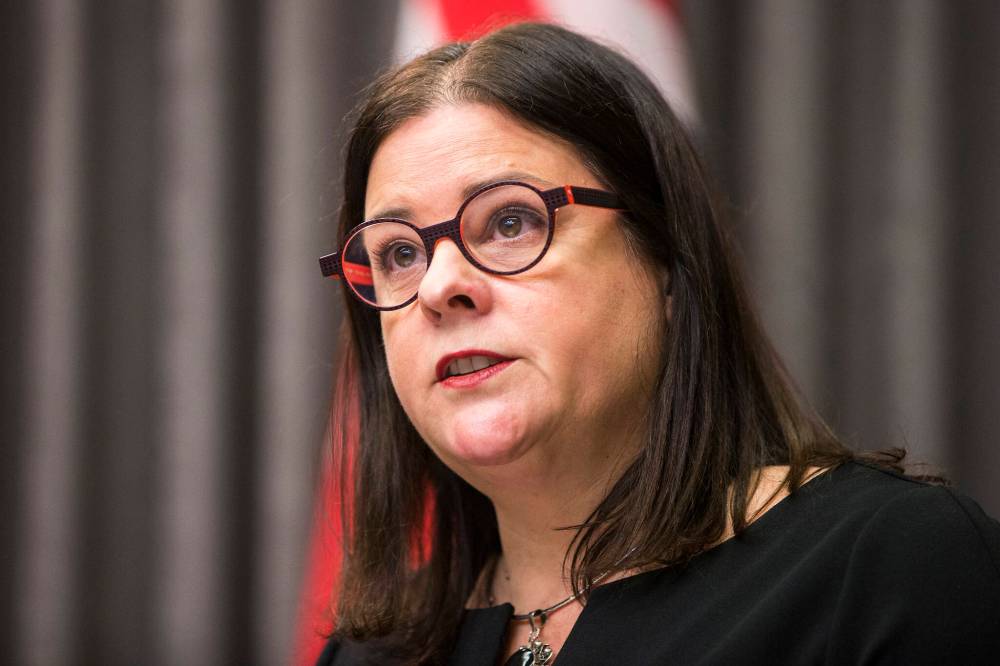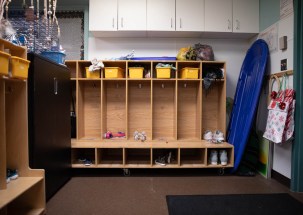Lower fees just one part of child-care solution
Read this article for free:
or
Already have an account? Log in here »
To continue reading, please subscribe:
Monthly Digital Subscription
$0 for the first 4 weeks*
- Enjoy unlimited reading on winnipegfreepress.com
- Read the E-Edition, our digital replica newspaper
- Access News Break, our award-winning app
- Play interactive puzzles
*No charge for 4 weeks then price increases to the regular rate of $19.00 plus GST every four weeks. Offer available to new and qualified returning subscribers only. Cancel any time.
Monthly Digital Subscription
$4.75/week*
- Enjoy unlimited reading on winnipegfreepress.com
- Read the E-Edition, our digital replica newspaper
- Access News Break, our award-winning app
- Play interactive puzzles
*Billed as $19 plus GST every four weeks. Cancel any time.
To continue reading, please subscribe:
Add Free Press access to your Brandon Sun subscription for only an additional
$1 for the first 4 weeks*
*Your next subscription payment will increase by $1.00 and you will be charged $16.99 plus GST for four weeks. After four weeks, your payment will increase to $23.99 plus GST every four weeks.
Read unlimited articles for free today:
or
Already have an account? Log in here »
Hey there, time traveller!
This article was published 08/02/2022 (1404 days ago), so information in it may no longer be current.
Last week’s announcement by the federal and provincial governments to triple the number of subsidized child care spots in Manitoba was welcome news. It will go a long way toward making child care more affordable for Manitoba families.
However, there were a couple of crucial omissions in the plan: government officials made no mention of when – or even if – they plan to boost funding for child-care centres, or make wages more competitive for staff working in the industry. Without addressing those key issues, the chronic shortage of child-care spaces across the province will persist.
Manitoba triples number of subsidized child-care spots, increases eligibility

Posted:
Daycare costs for thousands of families will drop early next week as the provincial government expands its Manitoba Child Care Subsidy Program to cover nearly half of the province’s regulated spots.
The two levels of government are injecting an additional $82.7 million per year into child care to expand the number of subsidies for families to 18,000 from 6,000. That means 12,000 more low- and middle-income families will qualify for a fully or partially subsidized child care spot.
Most of that funding, $64.5 million, comes from the federal government’s Early Learning and Child Care agreement, which Manitoba signed onto last year.
Under the plan announced jointly by Prime Minister Justin Trudeau and Premier Heather Stefanson on Feb. 3, households with net incomes of $37,116 or less will be eligible for a full subsidy. That’s a significant increase from the previous cutoff of $23,833. Partial subsidies will be available to families with net incomes that range from $37,542 to $82,877.
Rather than lowering fees for everyone, including high-income families who can afford to pay, the plan targets support to where it’s needed the most. It is an effective use of tax dollars. It will help many families living in poverty who cannot afford the cost of child care, which in Manitoba can be more than $5,000 per year for a preschool child. It will also help many parents enter the workforce – particularly women – who, without a subsidized spot, are often unable to seek employment.
The problem with the plan is there are no new resources to expand capacity, or to provide child-care centre staff with higher wages. As in most provinces, a chronic shortage of spaces means Manitoba families often wait months or years to find a child-care spot.
Part of the reason for that is child-care centres have not had an increase in their operating grants for the past five years. Since 2016, centres have received provincial funding of $4,180 for each preschool space and $1,665 for school-aged children.

With the fees families pay for child care (also set by the province) frozen most years, centres have seen their inflation-adjusted revenues decline. Many have been forced to operate on shoestring budgets, while relying increasingly on fundraising to help pay the bills.
The province has added some new spaces in recent years; however, the increased capacity has barely kept pace with population growth. Between 2016 and 2020, the province added a net 3,745 funded spaces in child care centres. During that same period, the population of children aged 12 and under in Manitoba grew by 21,165.
According to provincial figures, the proportion of children in that age group for whom a space was available was 18.4 per cent in 2020-21 – virtually unchanged from 18.5 per cent in 2016-17.
Reducing fees for low-income families is a good first step toward making child care more accessible. However, if the province does not match that with added resources to expand capacity – as well as higher wages for staff to attract and retain qualified personnel – the barriers to child care will remain.
Lower fees on their own will not improve access to child care.





